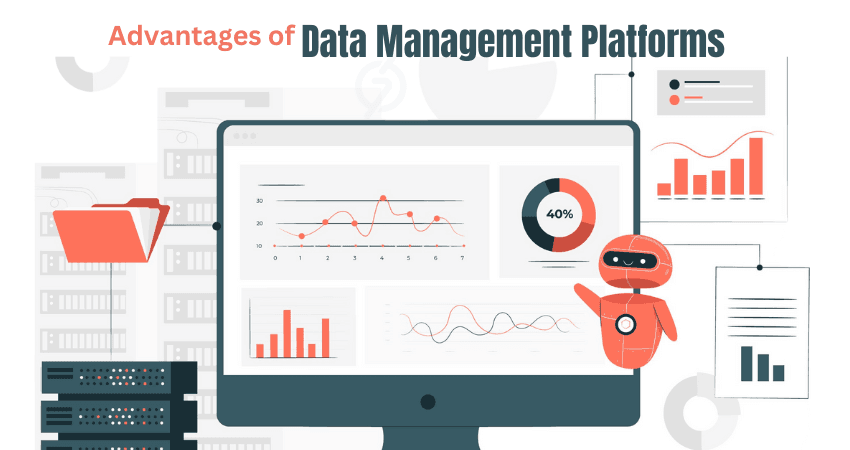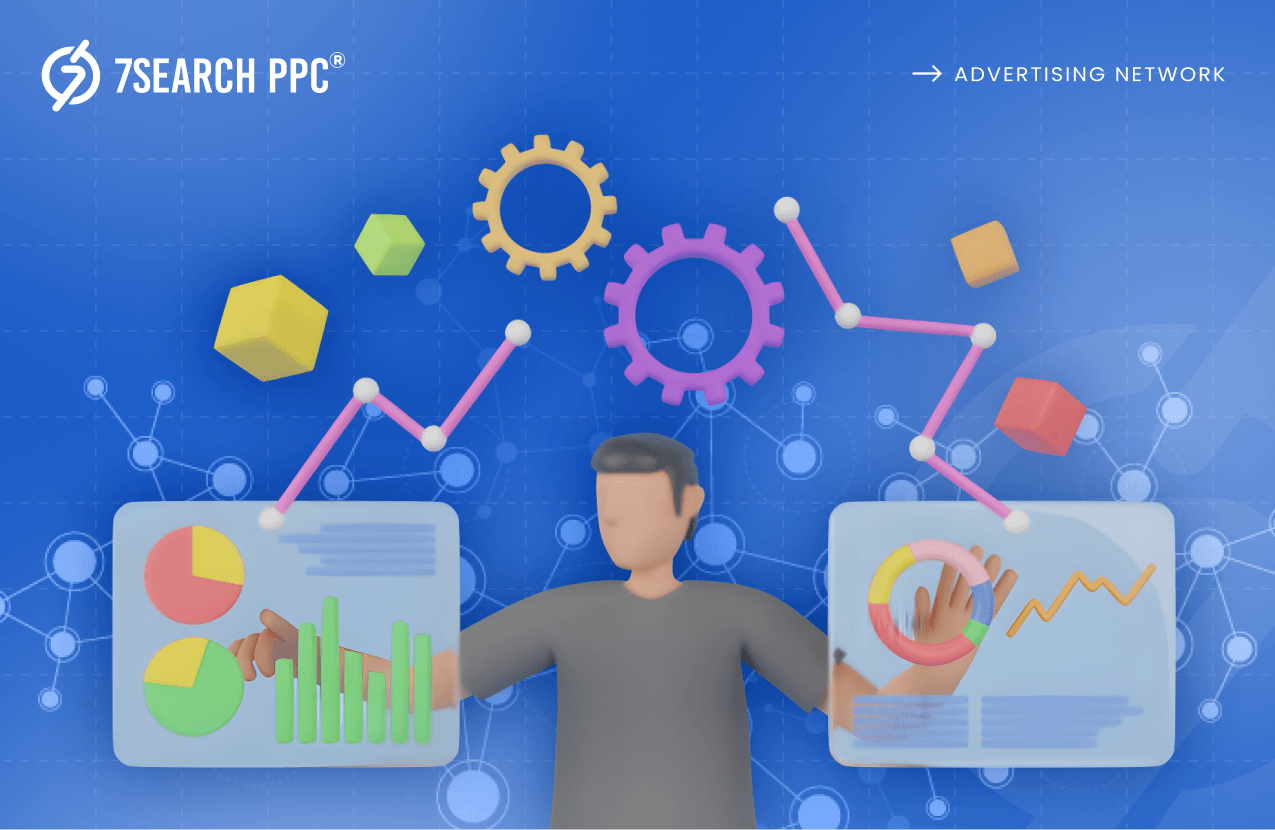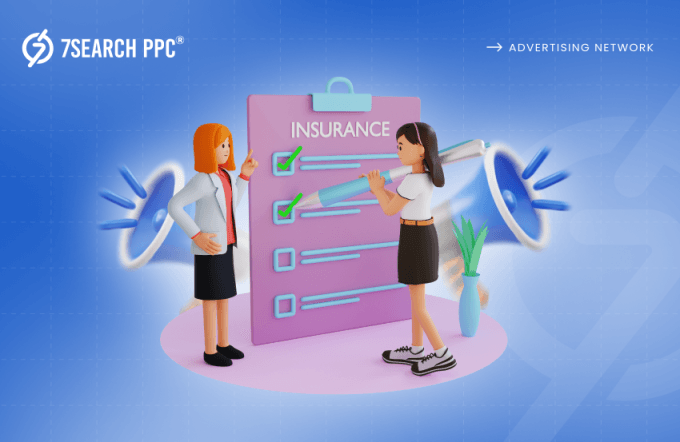What is the value of data in everyone’s life? It depends on the field you’re in. For advertisers, real data from specific platforms is as valuable as gold. Why? Here is the answer: There are 5.07 billion social media users worldwide, making up 62.6% of the global population.
On average, people around the world spend 2 hours and 20 minutes on social media each day. They also spend 3 hours and 50 minutes online daily using their smartphones. Currently, around 4.88 billion people own a smartphone.
These real and accurate data points hold significant value for advertisers, as they can use this information to create their strategies more effectively. They collect and analyze large amounts of useful data from a piece of software called Data Management Platforms (DMPs).
Imagine this: you’re browsing online, and suddenly, an ad appears showing the exact product you were looking for just yesterday. How did it know? The answer often lies in a DMP. It gathers and organizes tons of data to help marketers understand what their audience wants.
In this blog, we’ll explore how DMPs turn data into valuable insights that improve ad targeting and make campaigns more successful. If you’re curious about how brands make online ads feel personal and relevant, keep reading to learn more.
Data Management Platforms: The Data Hub
You can surely get a hint from the term ‘Data Hub’ that Data Management Platforms are hubs for something like data storage. You’re almost there! A DMP is software that helps collect and organize data from different sources.
It gathers information about customers, such as what they like, how they behave, what they mostly search for, and how they interact with ads.
This information is then used to create and deliver online ads that are more relevant to the right people. DMPs help businesses understand their audience better, making it easier to send personalized messages and improve digital advertising strategies.
Do you want to collect data about your ideal audience? If so, you should consider a Data Management Platform (DMP). Before doing so, let’s first understand the types of data that DMPs collect.
Different Types Of Data Collected By Data Management Platforms
A DMP collects and organizes various types of data to help businesses better understand and target their audiences. Here are the three main types of data typically collected by data management platforms:
First-Party Data
First-party data is the most important data, and it is collected directly from users or customers. It’s considered the most valuable because the advertiser or publisher has a direct connection with the user, who has already interacted with them. This data is gathered through various sources, such as:
- Surveys and Forms
- Social Media
- Subscriptions
- Transaction Records (Transactional Systems)
- Customer Relationship Management (CRM) Systems.
- Web and Mobile Analytics Tools
Since the data is collected directly, it offers accurate insights into user behavior and preferences, which is beneficial for advertisers aiming for effective personalized marketing.
Second-Party Data
Second-party data is information collected by one company and shared with another company to expand its audience reach. We understand this might be a bit confusing, so let’s clear it up with an example.
For instance, a food delivery company might buy or exchange data with a company that has a chain of restaurants. By doing so, the food delivery company can target the restaurant’s customers with online ads, which is advantageous because many people need food delivered to their homes.
In this example, you’ll notice that while both parties are not direct competitors, they share a similar audience, making it a mutually beneficial partnership.
The partnership can be one-sided (buying data) or mutual (exchanging data). While first-party data is often more valuable, second-party data helps businesses access new potential customers they couldn’t reach alone.
Third-Party Data
Third-party data is also important in making ad campaigns successful. But how? Let’s find out. First of all, we would like to make it clear that the third-party data is not collected from the direct brand itself or other non-competitor companies.
This data is collected from third parties or DMP vendors who collect data category-wise and are ready to sell it in exchange for money. Although it’s usually less valuable than first-party data (which you gather yourself), it still adds some extra value to your digital marketing and advertising efforts.
This data comes from different sources and is organized into categories like age groups or income levels. By combining third-party data with first and second-party data, brands can get a fuller picture of their audience, making it easier to target people based on accurate insights.
Advantages of Using Data Management Platforms
Using DMP offers many advantages to advertisers and publishers because successful advertising depends on the quality of the data you have in your pocket to increase sales and maximize ad revenue. Here are some key advantages for businesses looking to optimize their data usage and improve their marketing strategies:

Higher Returns
Using a DMP (Data Management Platform) is like a boon for advertisers and publishers. It helps publishers increase revenue by targeting online ads to the right audiences. It provides insights that help make smarter ad placement decisions, which improves engagement and conversions.
As a result, publishers can attract higher-paying advertisers, increasing the value of their ad inventory. For advertisers, this leads to better performance, higher engagement, and stronger brand recognition, ultimately boosting the return on their ad spend.
Reach The Right Audience
Who recently searched for a product similar to your offerings? How many people are engaging with your ad in a particular area, or how many are not showing interest after seeing your ad? If advertisers and publishers had access to such data, things would be much simpler for them.
A DMP allows you to gather data on your audience’s behaviors, which helps you better understand who visits your website or app and who can target for better results. By doing so, you can display ads only to your actual audience rather than irrelevant users, saving both time and cost.
Simplified Data Management
Storing data is a key first step in data analysis. Before data management platforms were introduced, managing data was a big challenge in digital advertising.
However, this issue was resolved when DMPs were introduced. These platforms help both advertisers and publishers by acting as a central hub to manage all types of data across devices.
This makes it easier to gather and store data, saving time and money for publishers and improving their ad strategies. For advertisers, it means better data management, which leads to more accurate ad targeting and more efficient campaigns.
Sustainable Growth
Advertising and monetization efforts are long-term endeavors, and the DMP plays a crucial role in supporting these efforts from the background. A DMP not only helps with immediate ad performance but also aids in long-term digital advertising strategy development.
By analyzing data over time, publishers can refine their approach, improving engagement and CPM rates. This leads to more sustainable growth in the future. Advertisers benefit from more tailored ad campaigns, which not only generate new leads but also increase conversion rates and maximize ROI.
How Does a Data Management Platform Work
The process of DMP is very simple and follows a clear step-by-step approach. If you are unaware of these steps, don’t worry; we have researched them for you. Please take a look at the steps below:
Data Collection
The first step is data gathering from various sources (online and offline). Marketers set up a data management platform (DMP) and add data from different sources. This includes online data, like website visits, app usage, and analytics, as well as offline data from things like customer records, purchase history, and emails. The aim is to gather all this information in one place for better analysis.
Organize Data
Once collected, the DMP organizes the data into categories and ensures it’s anonymized. This means identifying patterns without revealing personal details, making the data useful for analysis without violating privacy. This will help marketers look at and filter out data that is useful for their ad targeting.
Add Tags
Marketers can add tags or labels to the data to improve classification. These tags help further segment the data into specific audience groups, enabling more precise ad campaign targeting. When you successfully attempt this, then you can achieve better conversion rates for your campaigns.
Generate Insights and Reports
The DMP provides valuable reports and insights into audience behavior. These insights help marketers understand what their customers like, how they behave, and much more, allowing for better decision-making in marketing strategies. This report can also help marketers and publishers avoid repeating past mistakes. By looking at the insights, you can easily judge the effectiveness of different campaign strategies.
Connect to Advertising Platforms
The DMP integrates with various advertising networks and digital channels to activate the collected data. This enables marketers to deliver targeted ads and personalized messages to their audience across different platforms. This way, the chances of making an ad campaign successful increase because if the right ad is shown to the right person, they’re more likely to engage or make a purchase.
Set Up Targeted Campaigns
Based on the real insights gained from the DMP, marketers can create and execute targeted campaigns. With the help of data, they can define specific audience segments, craft relevant messaging, and optimize their ad campaigns for maximum impact.
(Many data management platforms work on these steps. However, we’re not saying that all DMPs work the same way; some may function differently. Their steps might vary, but their goal of streamlined data management remains the same.)
Conclusion
Data Management Platforms (DMPs) help advertisers and publishers run better campaigns by organizing and analyzing customer data. These platforms gather every small and useful detail about customers so businesses can target the right audience with personalized ads.
This improves engagement rates and the return on ad spend. The best thing we’ve learned about data management platforms from the blog is that they can collect and organize different types of data, like first-party, second-party, and third-party data. We also learned about their benefits and the common steps involved. So, that’s all for today’s blog. We’ll be back soon with more amazing topics. Stay tuned!
Frequently Asked Questions (FAQs)
What are Data Management Platforms (DMPs)?
Ans. These platforms are software tools that collect, organize, and analyze data from various sources to help businesses better target their audience.
Why are Data Management Platforms important for advertisers?
Ans. DMPs give useful information about how audiences behave. They provide accurate data that helps advertisers reach the right people with the right message at the right moment.
Can small businesses use Data Management Platforms (DMPs)?
Ans. Yes, even small businesses can benefit from DMPs. There are DMP solutions available for businesses of all sizes. If your business is small, then you can also use it, but you need to pick the best data management platforms.
Are Data Management Platforms privacy-complaint?
Ans. Yes, DMPs are built to follow data privacy rules like GDPR and CCPA. Data Management Platforms make sure that data is gathered and used in a responsible and ethical way.
Can data Management Platforms integrate with other advertising platforms?
Ans. Yes, Data Management Platforms can connect with different advertising platforms, helping businesses show targeted ads on various digital channels.


















